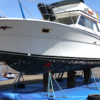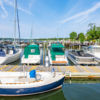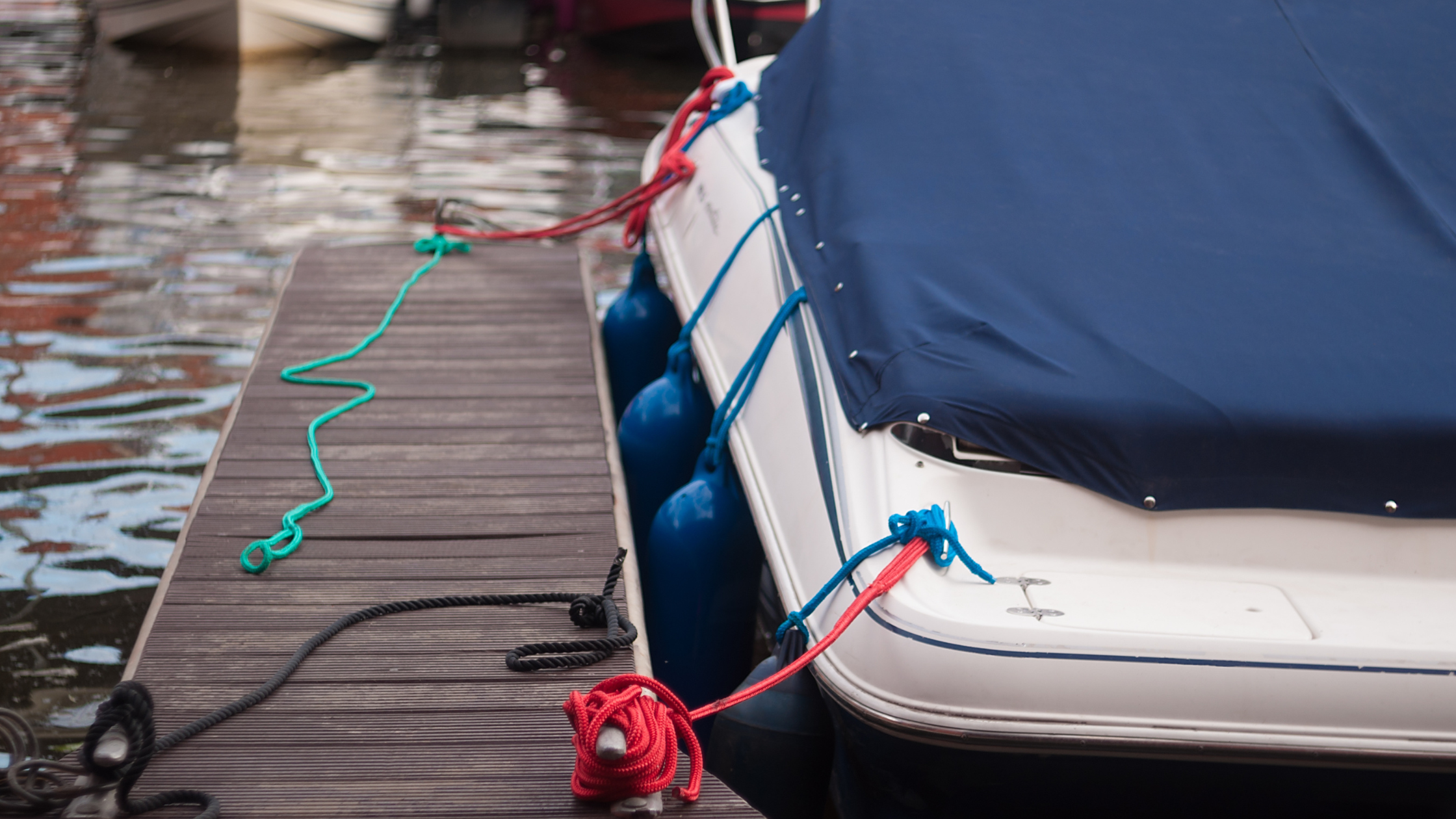
It has always been the case that boaters in the south are the envy of northern boaters. Why? Because boating south of the mid-Atlantic means milder winters and a virtually endless boating season. It’s every boater’s dream. In fall and winter, the waterways are quieter and less congested, and the scenery transforms into a vibrant show of color.
For lots of good reasons, fall and winter boating is growing in popularity. While some boaters make the choice to winterize and store their boats, others chart courses to wonderful fall boating destinations or to warmer shores. Many boaters spend the winter months visiting spots like South Carolina, the Florida Keys and Louisiana. Some even find that spending the winter holidays on their boat is an enchanting and fun experience, with elaborately decorated boats and twinkling holiday boat parades.
To truly enjoy fall and winter boating, and to ensure you and your vessel stay safe and secure, we’ve put together this fall and winter boating and cruising checklist.
Prepare your boat for fall and winter cruising
Before you even begin to plan a boating trip, make sure your vessel is prepared to perform well in cooler or even wintery conditions.
Tend to the mechanical
– Add antifreeze to engine coolant and top it up.
– Fully charge batteries. Did you know that engines need more charge to start when it’s cold? Also, dead batteries are far more susceptible to freezing which will destroy them.
– Fill the gas tank and add an ice-preventing stabilizer like Sta-Bil® Fuel Stabilizer.
Get a reliable and safe marine heat source
For winter boating, you’ll need an additional heat source to keep you warm. Engine-based heating won’t be enough, and it doesn’t create heat when the engine is off. Here are a few options:
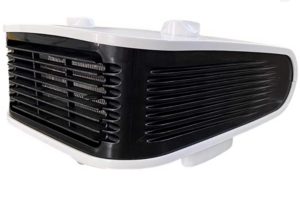 – Electric space heater (use only if moored with electrical hookups to prevent battery drainage)
– Electric space heater (use only if moored with electrical hookups to prevent battery drainage)
– Diesel space heater
– Diesel furnace
– Propane fireplace or heater
Make sure your boat is well insulated
– Hull insulation
– Window coverings with foam or extra insulation – a must when moored or anchored
– Cockpit tent to protect the topside from the elements
Check that you have
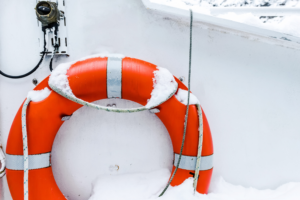 – First aid kit
– First aid kit
– Personal flotation devices (PDFs)
– Noise and light makers like a whistle, bell, flares, and flashlights
– Long-handled brush for sweeping ice from decks
– Plastic snow shovel
– Ice-breaker in case your boat gets iced in at the dock
What to bring on a fall or winter boat trip
Clothing
To be sure you’ll be comfortable no matter how cold it gets, bring the following with you:
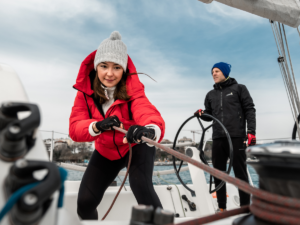 – Warm clothing (more than you think you’ll need)
– Warm clothing (more than you think you’ll need)
– Long underwear
– Thick wool socks
– Shirts
– Warm or lined pants
– Fleece vest or hoodie
– Waterproof hooded jacket
– Knitted cap
– Sailing gloves – full and fingerless
– Insulated boots or shoes with non-slip grip
Food and Drink
 In addition to your usual menu, add:
In addition to your usual menu, add:
– Lots of warm drinks – coffee, tea, hot chocolate, broths
– Easy hot food – like soups and stews
– Granola and protein bars, and healthy snacks – in case you’re unable to heat food
– Dehydrated fruits and vegetables
Linens
(if not in use they should be vacuum packed to save space and guard against dampness and mildew)
– Plenty of warm blankets
– Bath and hand sized towels
– Bedding with extra pillow cases and sheets
What to do before a fall or winter boat trip
Do these things before every fall or winter boat trip:
– Check the latest marine forecast and warning information from www.weather.gov/marine or NOAA Weather Radio.
– Check local VHF weather channels.
– Check local ocean buoy and lighthouse reports.
– Tell someone who is not going with you about your plans and your route before you head out.
– Check that your equipment is working and charged – batteries, VHF radio, GPS.
– Fill your water tanks.
What to do if bad weather hits
In fall and winter, conditions can change quickly out on the water. Stay vigilant and make sure you’re ready for:
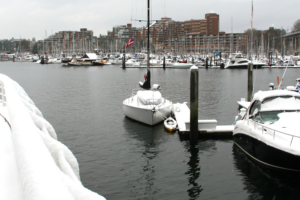
Bad Weather
– If you find yourself in the path of an incoming storm or low-pressure system, head to the closest protected dock, marina or sheltered bay to ride out the storm.
– Secure all loose items above and below deck.
Ice on the water
– Most fiberglass boats can push through up to 1 inch of ice without sustaining damage (Aluminum hulls should not be taken through ice).
– Use an ice pick or ice breaker if needed.
Ice on the deck
– Seawater and a brush can be used to scrub ice from the deck
– Seawater can be used to melt ice on railings, lines and hoses
Always keep a close eye on gas, water and battery levels, and know where your closest open service facility is located.
When you return from your fall or winter boat trip
The key is to prep your boat for the off season or storage as soon as you return from your cruise. It’s the best way to protect your vessel between journeys and ensure it will be shipshape for your next adventure.




